The Ultimate Travel Guide To Cape Verde
Cape Verde (Cabo Verde) is a West African nation on the Atlantic Ocean but I only heard about it when I moved to the USA. 10 islands, and 550,000 people that represent a beautiful mix of European, Arab, Jewish, and African people and cultures. Cape Verde is still relatively unknown so if you’re looking to plan a trip to this former Portuguese colony, here’s my Cape Verde travel guide created to help you plan your Cape Verde Itinerary
Quick facts about Cape Verde
Currency & Exchange: The Cape Verdean Escudo can only be obtained in Cape Verde. 100 Escudo equals just about 1 USD and 110 Escudos is 1 Euro. 127 Escudos is 1 GBP. I found that Taxi drivers in Praia accepted Euros, and both Euros and GBP are widely accepted for excursions. To get local currency, I used ATMs in Sao Vicente and Praia.
Language: The official language is Cape Verdean Portugese. However, Cape Verdean Creole (Kriolu) is the dominant language. Kriolu is a creole language of Portuguese basis and it is spoken by all Cape Verdeans. Cape Verdean Creole is also the oldest existing creole in the world. I found that French is spoken by a good number of people and English is gaining more speakers especially within the tourism industry.
Religion & Life Expectancy: About 95% of Cape Verdeans are Christian, and over 85% of the population is Roman Catholic. Cape Verde shares the highest life expectancy in Africa with two other nations at 71 for men and 79 for women.
Visas: Cape Verde is visa free for ECOWAS citizens (Benin, Burkina Faso, Cote d’Ivoire, The Gambia, Ghana, Guinea, Guinea Bissau, Liberia, Mali, Niger, Nigeria, Sierra Leone, Senegal, and Togo). Beginning in 2019, EU citizens now enjoy visa-free travel to Cape Verde for stays up to 30 days. For all others, tourist visas can be obtained on arrival and cost 25 Euros payable by cash or credit card.
Best Time To Visit Cape Verde
Cape Verde makes a great destination year-round but the following seasons are worth highlighting:
- July – September bring the most rainy days of the year and is hotter
- October – June is the dry season with more wind and pleasant temperature
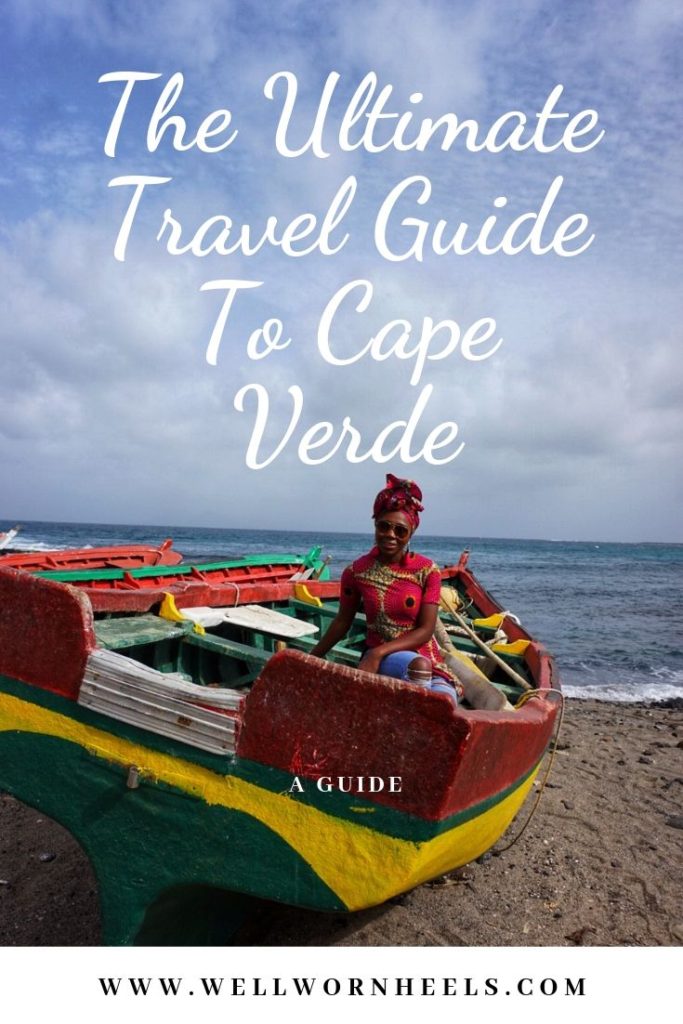
WHICH CAPE VERDEAN ISLAND SHOULD YOU VISIT?
I visited four (Sao Vicente, Santiago, Santo Antao, and Maio) of the 10 islands over a short 8-day trip. The islands of Sal and Boa Vista are most popular with European tourists in search of a little sun, sand, and island vibes. Knowing a bit about some of them may help you decide which one is best for you!
Sal: While I did not make it to Sal, it is a beach lovers island and is the most popular island for holiday makers. There are several resort options in Santa Maria with restaurant, bars, and shops. Sign up for inland excursions on the island to uncover the island’s salt flats and previous salt production. Furthermore, when in Sal, you must see the mirage at Terra Boa, an ocean in the middle of the desert. Cape Verde has the third largest population of nesting loggerhead turtles. Nesting occurs on Sal between July and October but August is considered prime turtle watching season!
Boa Vista: More popular in recent years, Boa Vista is home to the most beautiful and longest stretches of beaches in Cape Verde especially Santa Monica beach. Like Sal, there are lots of water spots to partake in if that’s your thing. Boa Vista is home to turtles as well! That’s not all, you might catch a glimpse of a humpback whale or two in Sal Rei in February – May. Visit the Viana Desert and take in the views of its stunning views!
Santiago: The largest island and home to the capital, Praia. Santiago is rich in history, and is the main hub for travel between islands. Cuidade Velha, once the main slave trading port between Africa and Europe, and the first city to be built by Europeans in West Africa is a UNESCO World Heritage site. While in Praia, visit local markets, dine at Quinta Da Musical, explore Praia’s nightlife, which caters to locals and expats, and drive out to Tarrafal beach. Gamboa festival is held in May each year and is the biggest music festival in Cape Verde. Tabanka is held in July/July and is a celebration of the liberation of slaves.

Sao Vicente: Home to Mindelo, the cultural capital of Cape Verde, Sao Vicente deserves more attention than it gets. Take the scenic drive up to Monte Verde, the highest peak in Sao Vicente, visit the African Market and the Mercado Municipal. Whatever you do, include Sao Vicente on your Cape Verde itinerary. Go to Sao Vicente for beaches, local music, nightlife, beaches, art, and carnivals. Sao Vicente is home to two major carnivals in Cape Verde, the Creole Carnival in February and the Music and culture festival in August.
Santo Antao: The island of mountains, wind, and water boasts green peaks, fertile craters, and amazing views! I visited the most fertile island in Cape Verde by ferry on a day trip from Sao Vicente but I met other travellers staying for a few nights to hike its peaks. Santo Antao is unlike anywhere else in Cape Verde! Check out more about this destination in my Sao Vicente travel guide.
Maio: The sleepy island of Maio is synonymous with colorful houses, narrow cobblestone streets, beaches, and desert. Maio is relatively untouched by tourism (yet). Go to Maio if you don’t expect massive resorts and English-speaking locals (they will be rare). Maio is the least visited of the Cape Verdean islands and it’ll feel like you have the island to yourself (you kind of do). Do a jeep safari, go wind surfing, or just get in a car and explore!
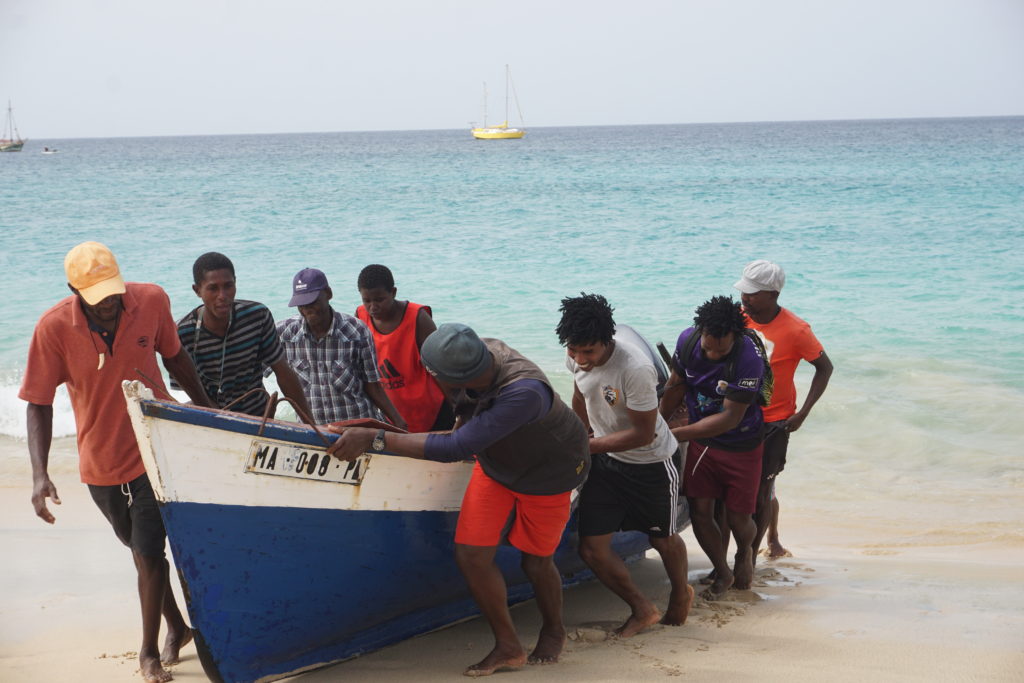
How to get to Cape Verde
November 2019 Update: This summer, Cape Verde Airlines announced an update to its routes with several routes from the US (DC and Boston), Brazil, Europe, and a number of African countries including Senegal, Nigeria, and Angola. Click here to see routes. The airline also operates local routes between islands.
| To Sal | To Boa Vista | To Praia | To Sao Vicente | |
| From the UK | TUI & Thomas Cook | TUI & Thomas Cook | ||
| From Netherlands | TUI Netherlands | TUI Netherlands | TUI Netherlands | TUI Netherlands |
| From Lisbon | TAP Portugal | TAP Portugal | TAP Portugal | TAP Portugal |
| From Canary Islands | Binter Canarias | Binter Canarias | ||
| From Boston | Azores | |||
| From Morocco | Royal Air Maroc | |||
| From Dakar | Trans Air |
How to Travel within Cape Verde
For travel between islands, the ferry is an option ONLY if time is on your side. Ferries are possible for travels between Fogo, Brava, and Santiago. The most practical option at the time was to fly the local airline – Binter Cape Verde. However, it appears that they are longer in service. Cabo Verde airlines is now the sole operator of domestic flights within Cape Verde.
I did not try public transportation in Cape Verde. I walked, took taxis, or took tours that provided transportation. Taxis in Praia accepted Euros but everyone accepts the local currency.
What to eat in Cape Verde
- Catchupa – The National dish. A slow-cooked hearty stew/soup with beans, corn, and veggies. A ‘rich’ version of this dish may also include cassava, sweet potatoes and sometimes Tuna. Corns and beans are a staple in Cape Verdean cuisine
- Seafood of all kinds: Tuna, Lobster, Sawfish, and fish you may have never heard of!
- On Santo Antao, try the goat cheese, honey, and definitely try Grogue (sugar cane liquor)
- Have a Strela beer (brewed in Santiago), or try the local wine from Fogo
- Feeling adventurous? Try Morreia (fried eel)
- Try Kus Kus – a breakfast bread (similar to corn bread) made fresh and slathered with butter.
Other helpful links/posts
That’s all for this Cape Verde travel guide. I also shared my highlights from my time in Cape Verde. Click Here to read it.
- I heavily leveraged the Cape Verde Islands website in planning my trip. See Here
- Read my Sao Vicente travel guide here,
Have you been to Cape Verde or are you travelling to Cape Verde? Let me know what you would add or what other questions you may have.
If you’ve enjoyed this post, please click here to subscribe to receive notifications of new posts, and to receive my monthly newsletter with insider tips and information!
Till next week,
Ms. Heels

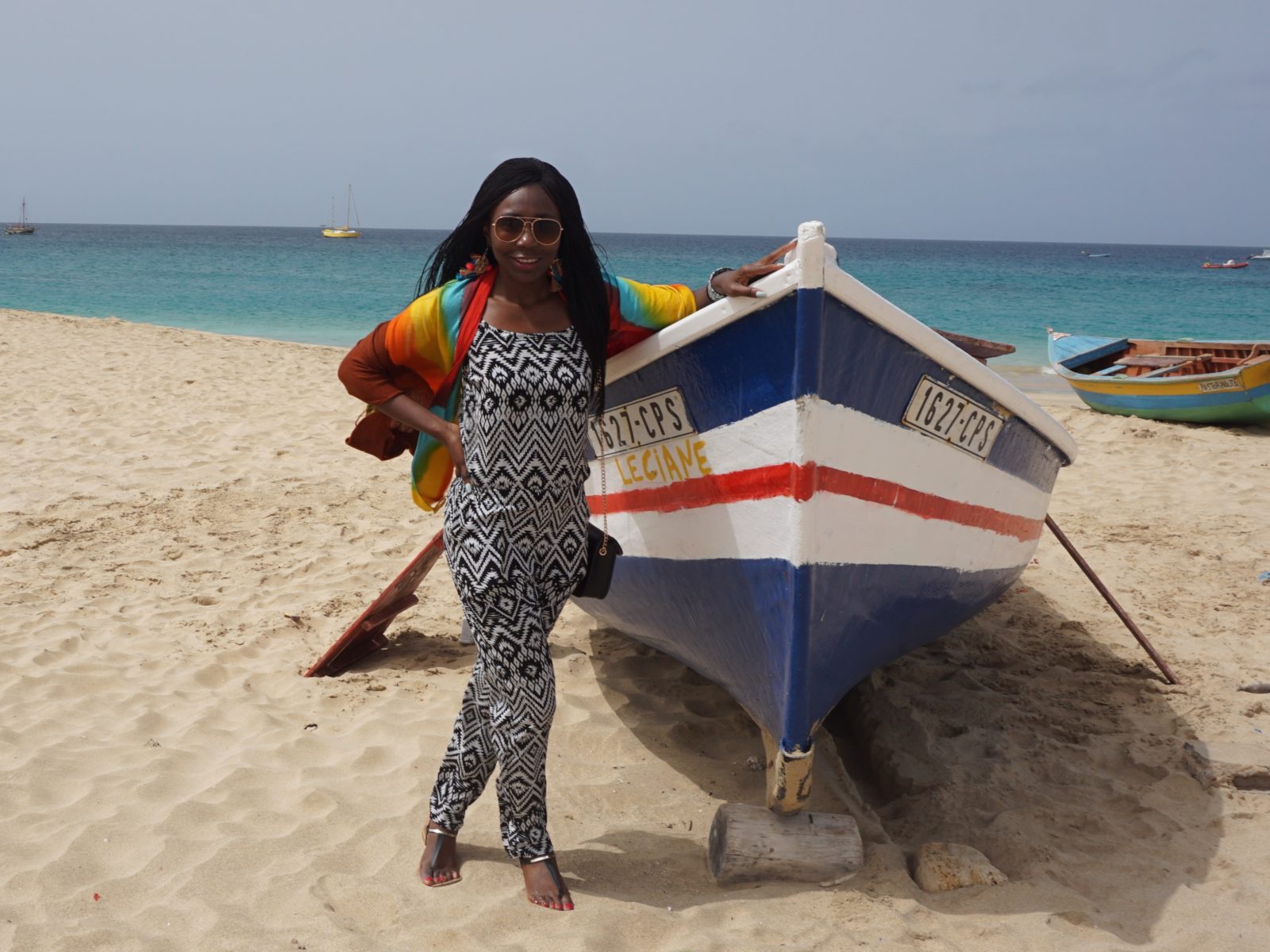


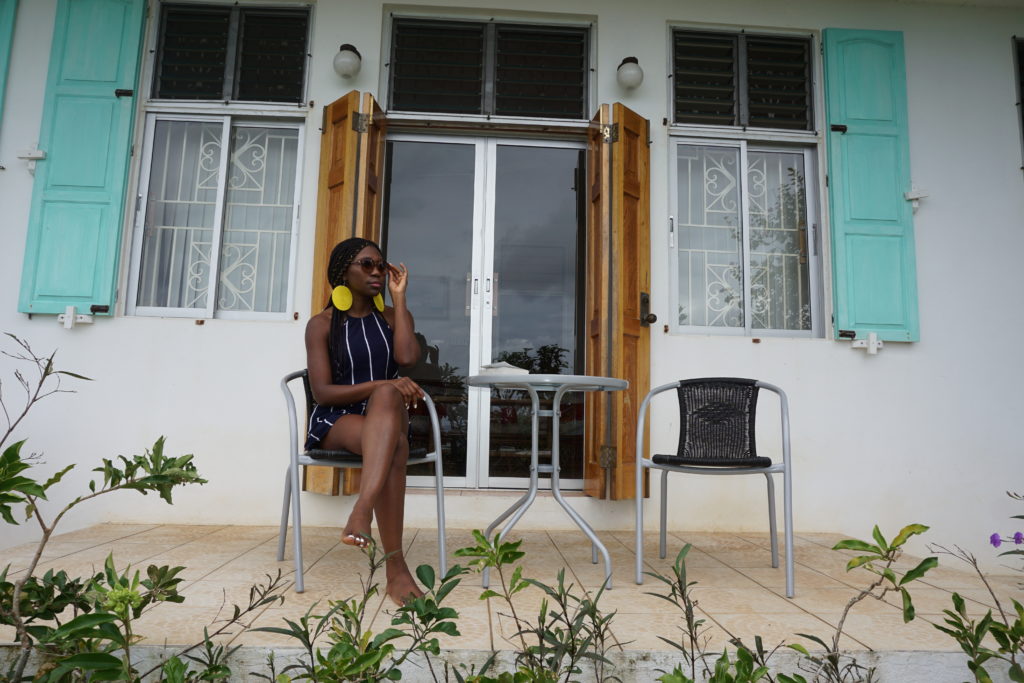

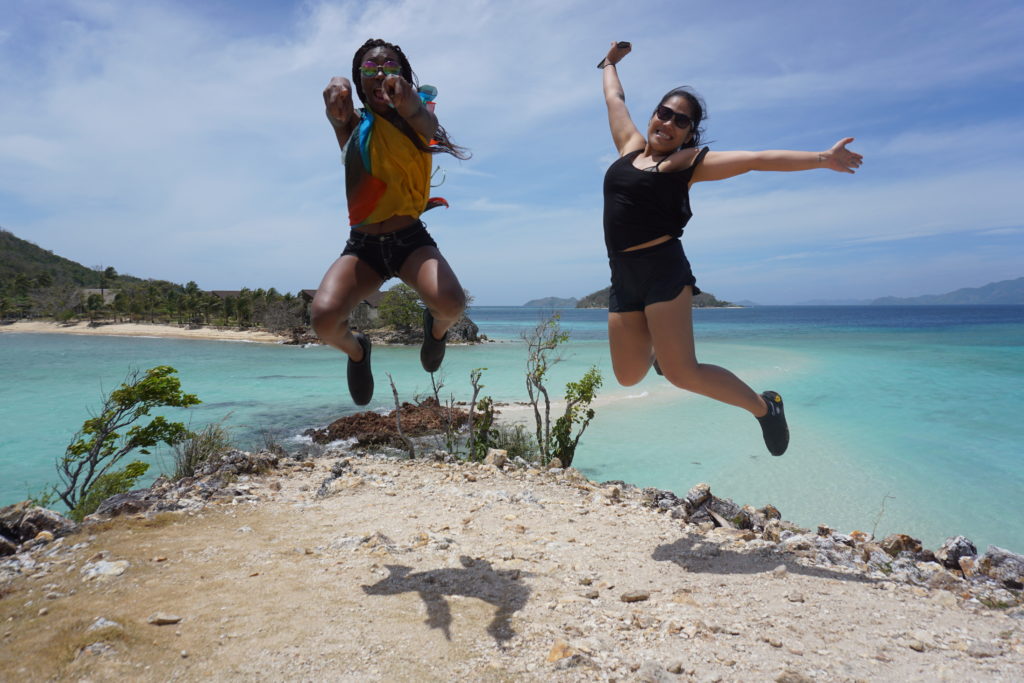

Cape Verde seems like a wonderful country to visit but for someone like me who doesn’t like flying, it seems the country will remain on my ‘To-Visit’ list for much longer. I see the shortest route to get there is to fly from Lagos to Dakar with an airline I’d rather not fly with and then fly with Trans Air from Dakar. Until there are better routing options or until I move to a different region, the country will remain on my ‘To-Visit’ list.
Until then, I’ll enjoy these tips and enjoy following your journey. Thanks for sharing!
I totally understand . If I wasn’t living in Europe at the time , I probably wouldn’t have gone . The truth is, travel within Africa is expensive and time consuming . Two pretty precious resources! From Lagos the options will be flying via Dakar or via Morocco to get back to west Africa .
Thank you for reading but I remain hopeful that it’ll get better and more Africans can see places like Cape Verde . For now, it is more accessible to Europeans and on cruise stops and this drives the bulk of the tourism numbers. One day when you’re honourable minister , it’ll be different